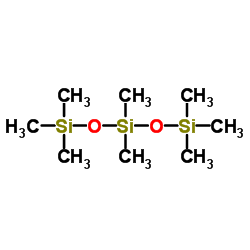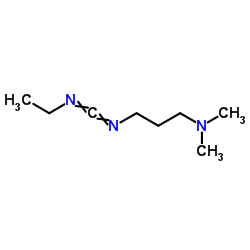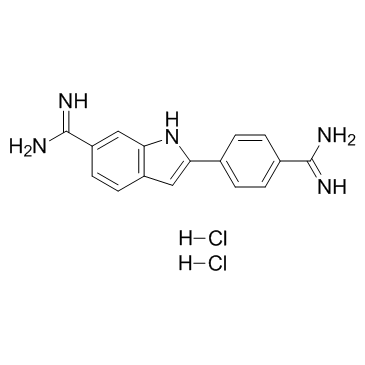| Structure | Name/CAS No. | Articles |
|---|---|---|
 |
Chloroform
CAS:67-66-3 |
|
 |
Octamethyltrisiloxane
CAS:107-51-7 |
|
 |
Ethanol
CAS:64-17-5 |
|
 |
Hexamethyldisiloxane
CAS:107-46-0 |
|
 |
Dichloromethane
CAS:75-09-2 |
|
 |
L-Glutamine
CAS:56-85-9 |
|
 |
1-(3-Dimethylaminopropyl)-3-ethylcarbodiimide
CAS:1892-57-5 |
|
 |
dichloroethane
CAS:107-06-2 |
|
 |
4',6-Diamidino-2-phenylindole dihydrochloride
CAS:28718-90-3 |
|
 |
Diglycolamine
CAS:929-06-6 |